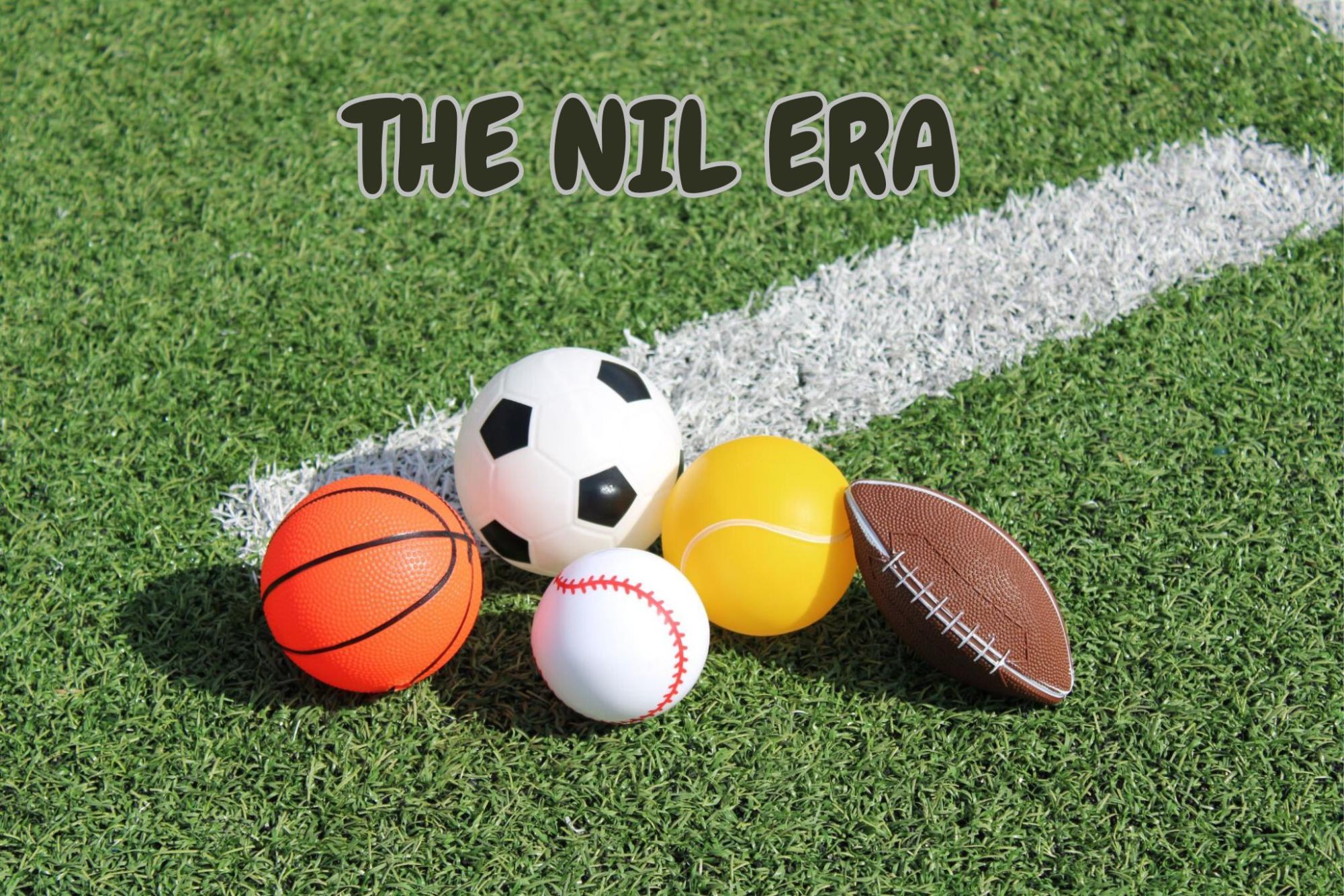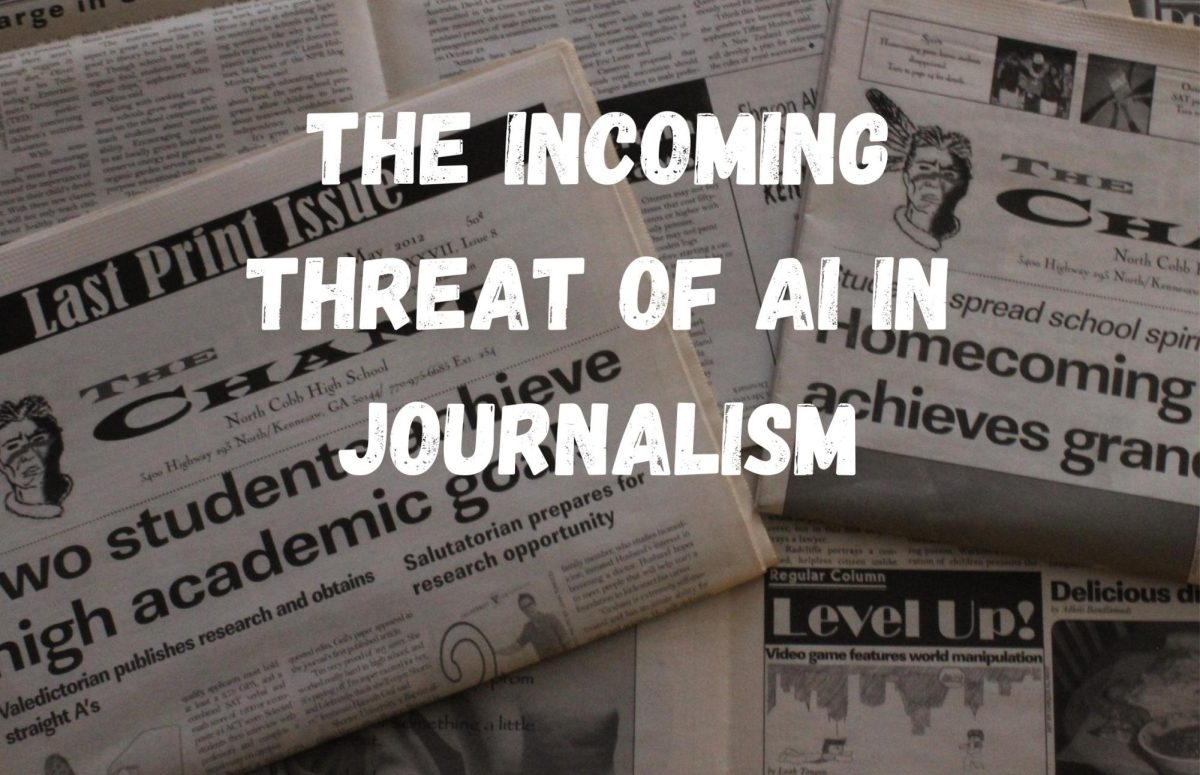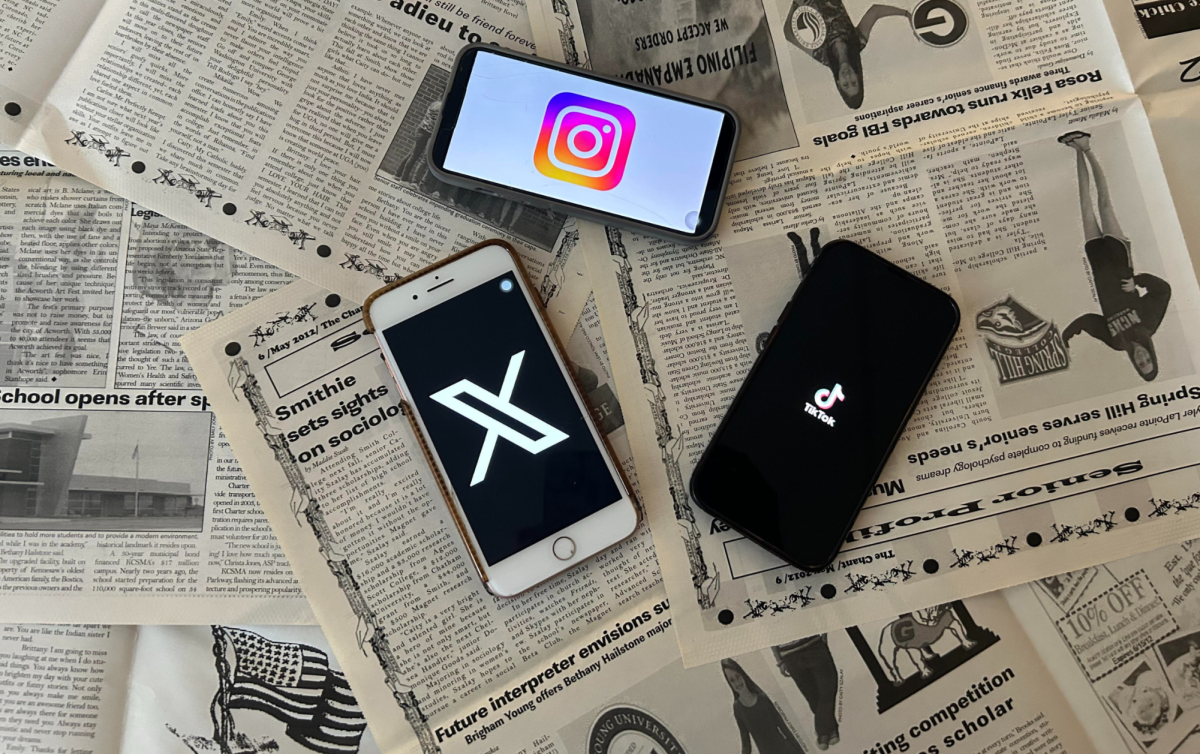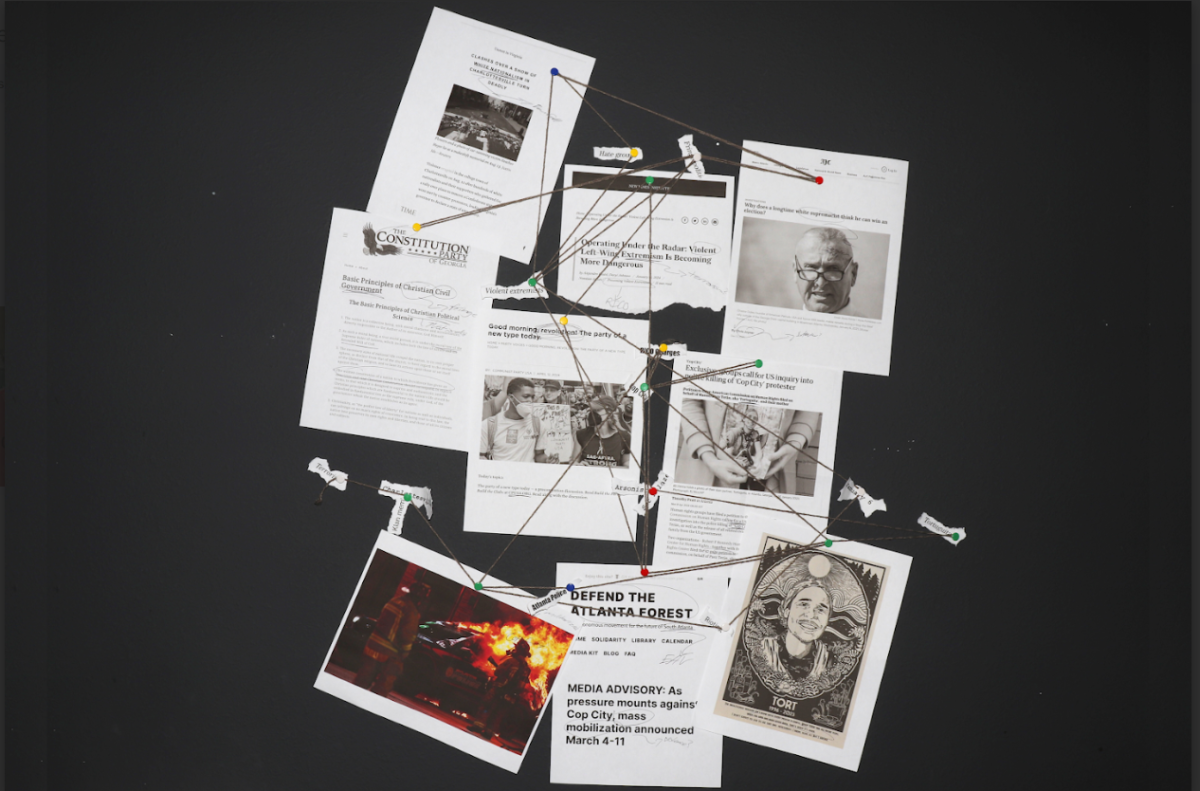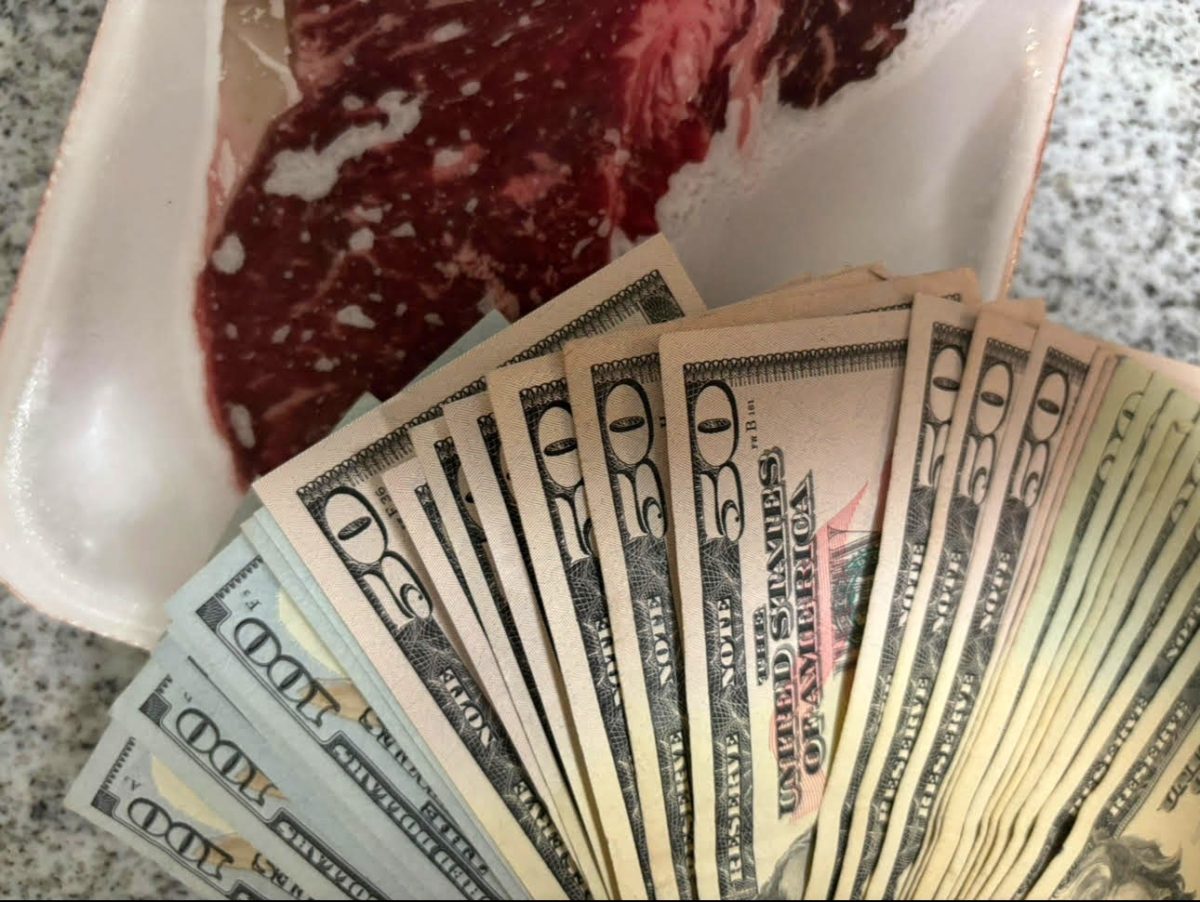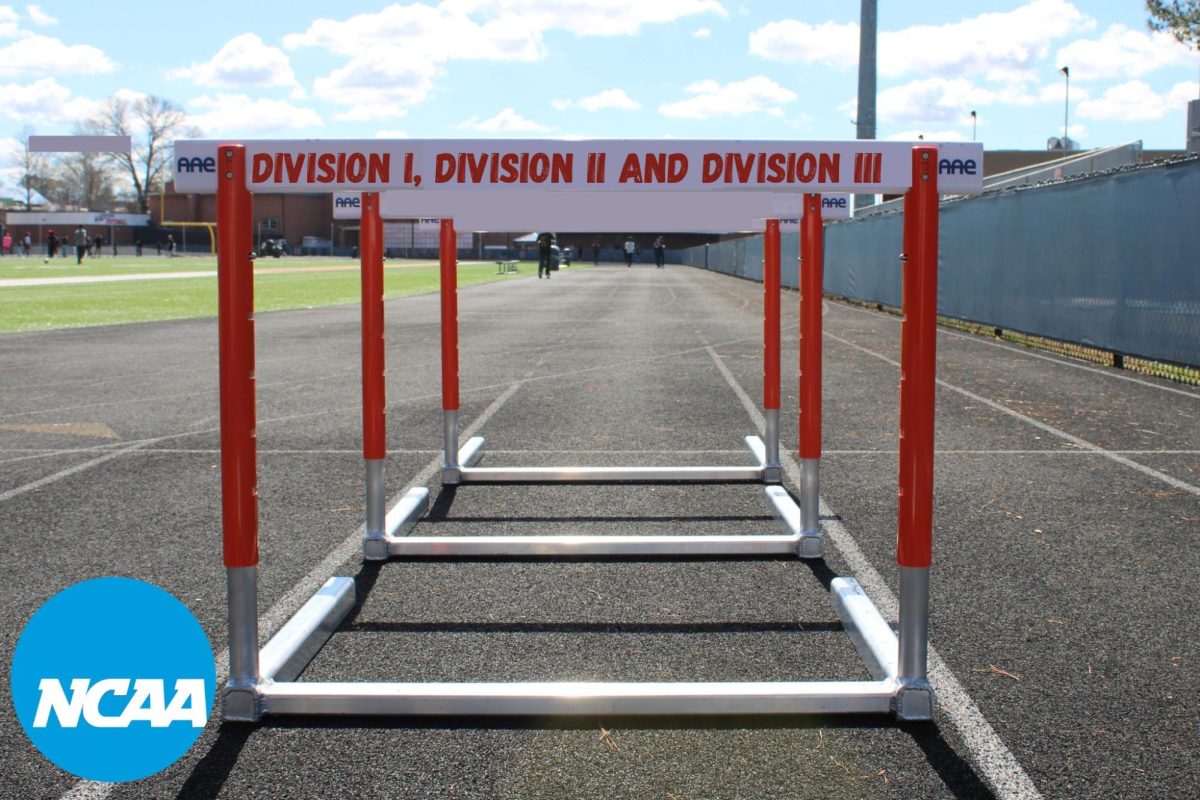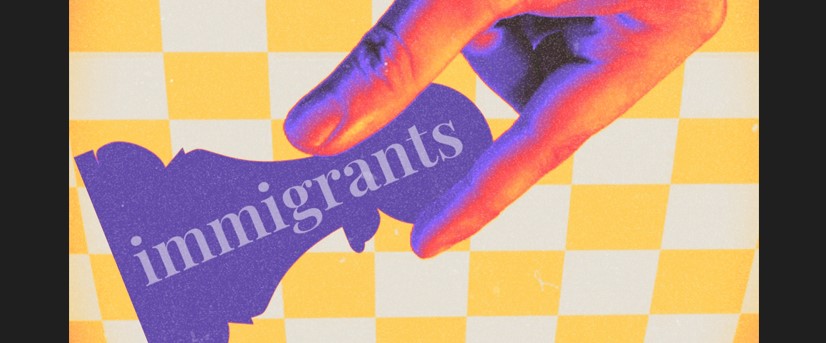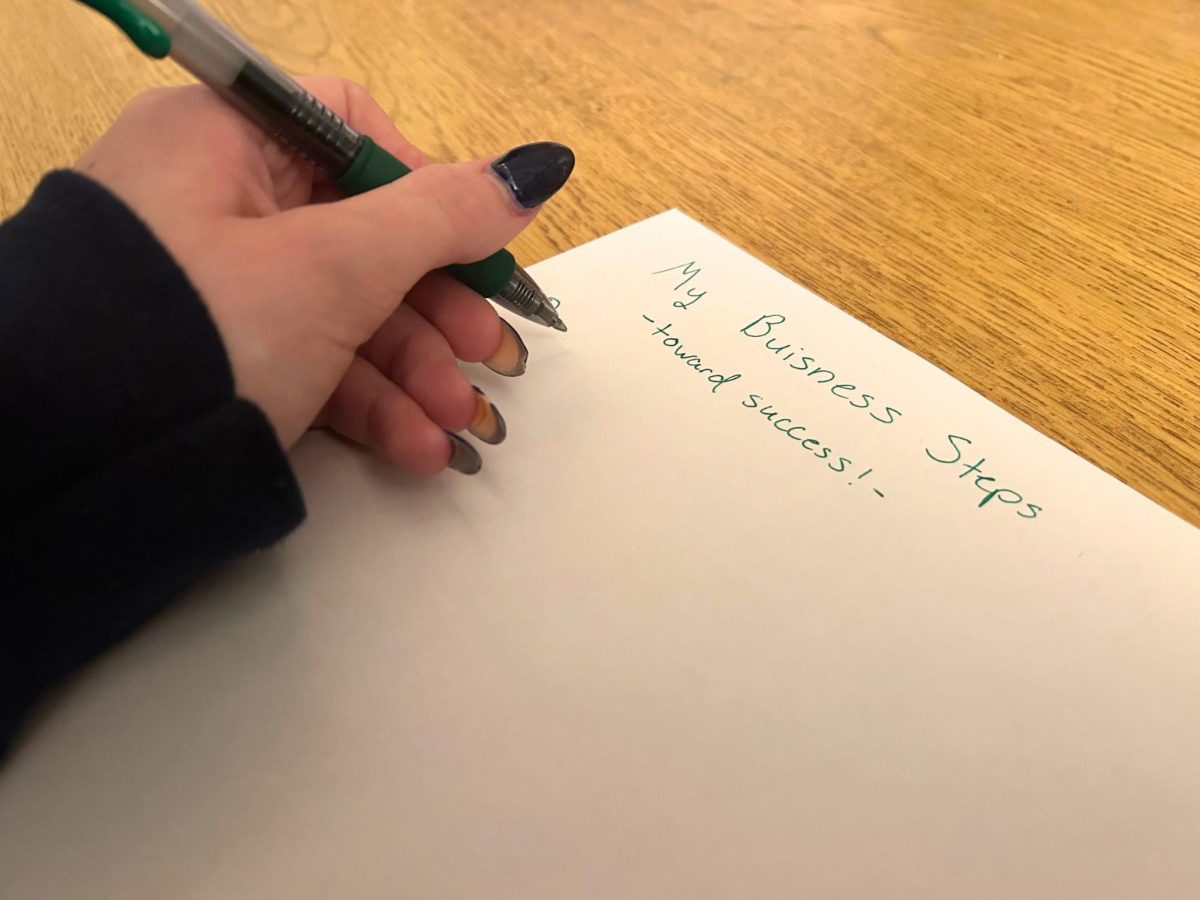In the world of sports, where passion meets profit, a revolution unfolds. The roar of the crowds blends with the cha-ching of deals. The unleashing of the name, image and likeness (NIL) era begins: money talks, athletes listen and the game forever changes. NIL deals mark a significant shift in the world of collegiate and high school sports. These deals allow student-athletes to profit from their own NIL, enabling them to earn money through endorsements, brand partnerships, sponsorships and other commercial activities while competing in school sports.
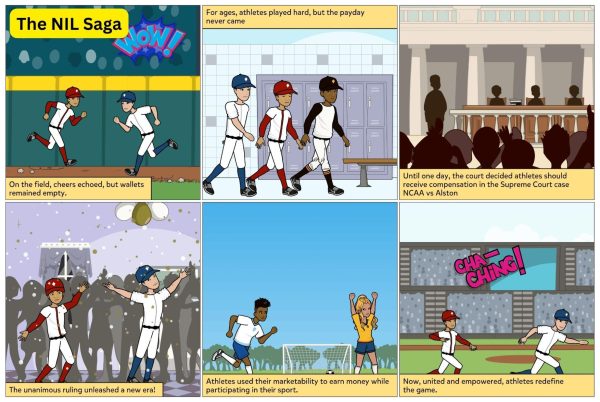
The National Collegiate Athletic Association (NCAA), founded in 1905, serves as a governing body for intercollegiate sports in the United States. Its mission—to maintain intercollegiate athletics as an integral part of the educational program and the athlete as an integral part of the student body—underscores its commitment to the concept of amateurism in college sports. Throughout the years, this devotion laid the foundation for a complex set of regulations that shaped the experiences of student-athletes across the nation.
For decades, the NCAA enforced stringent rules that prohibited student-athletes from reaping the financial rewards of their endeavors. The philosophy of amateurism remained at the core of their principles, restricting student-athletes from receiving any form of compensation, including scholarships, for their participation in college sports. Over time, debates and discontent grew, highlighting questions of fairness and equity in a system where universities reaped the immense financial benefits that student-athletes brought in.
This discontent reached a critical juncture when the Supreme Court of the United States (SCOTUS) delivered a landmark decision in the case of NCAA vs. Alston. In this antitrust case, the court examined the NCAA’s rules regarding student-athlete compensation and benefits, particularly focusing on men’s Division I Football Bowl, Subdivision football and men’s and women’s Division I basketball. The unanimous ruling exposed the anti-competitive nature of the NCAA’s compensation restrictions, particularly concerning non-cash education-related benefits such as post-eligibility scholarships, tutoring, study-abroad expenses and paid internships.
The court’s decision triggered a wave of enthusiasm among student-athletes across various states. Armed with newfound rights, these athletes wasted no time capitalizing on their unique talents and marketable personas. They recognized the potential of NIL as a ticket to financial empowerment and, much like entrepreneurs, embarked on strategic journeys to secure sponsorships. Athletes leveraged their regional and national fan bases and their other connections in the sports industry to establish partnerships with companies that resonated with their personal brands.
“We are able to go out and try and find companies big and small that want to partner with Georgia State student-athletes. So I may be able to find, let’s say, a pizza place that really wants to partner with a men’s or women’s basketball player. We can negotiate the deal and then go to the student-athlete and say ‘Hey this is what said pizza company would like to do. Are you interested?’ Then we get all the deals worked out between the two parties. Every time the student-athlete does a piece of the contract that has been asked of them would receive payment,” co-founder of All Blue, All NIL Mike Holmes said.
Recently, high school athletes set the sports world on fire with their remarkable ability to capitalize on NIL opportunities. A new generation of sports prodigies emerges, spearheaded by Notre Dame High School junior shooting guard Bryce James who amasses 3.2 million followers and boasts an estimated NIL value of $1.2 million. Five-star University of Georgia commit and senior quarterback Dylan Raiola obtains 74,000 followers and an NIL value that stands at $763,000. Five-star University of Florida commit and senior quarterback DJ Lagway entertains 54,000 followers and holds an NIL value of $635,000.
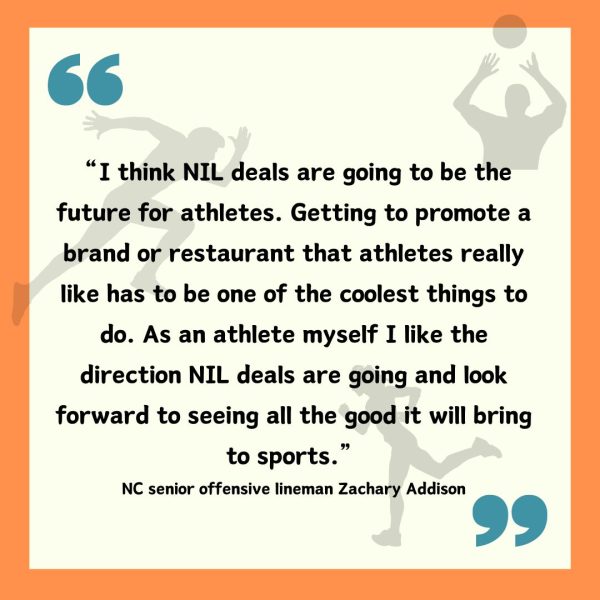
NIL opportunities transcend beyond high school athletes. University of Southern California (USC) freshman guard Bronny James does not just shoot hoops—he orchestrates a social media spectacle of 13.5 million followers and an NIL value of $5.9 million. University of Colorado junior quarterback Shedeur Sanders commands 2.3 million followers and an NIL value of $4.9 million. Louisiana State University senior all-around gymnast Livvy Dunne somersaults her way into the hearts of 12.1 million followers, with a NIL net worth of $3.2 million.
The advent of NIL opportunities in high school sports injected a dynamic element with agents and brokers stepping onto the scene. State-level regulations, such as the Uniform Athlete Agent Act (UAAA) require agents who recruit high school prospects to adhere to specific standards. As NIL opportunities continue to burgeon, the NCAA faces the formidable task of ensuring that any student-athlete, irrespective of their eligibility under conventional licensing criteria set by professional players’ associations, can access adept representation.
While celebrated for promising financial empowerment for student-athletes, NIL faces criticism and potential pitfalls. One significant drawback to the lucrative deals stands the trend of athlete transfers, fueled by the desire for desirable NIL opportunities. While the freedom for athletes to capitalize on their personal brand stands as a cornerstone of NIL, the resulting transfers have disrupted team dynamics and raised questions about the competitive balance within collegiate sports.
The newfound freedom in NIL deals raises concerns about potential recruiting violations to light. In an attempt to secure top-tier talent, several institutions have allegedly resorted to underhanded tactics to attract high-profile recruits, such as disguising payments as NIL deals. This not only challenges the ethical foundation of collegiate athletics but also poses a considerable dilemma for the NCAA in enforcing fair play. The ease with which such violations occur underscores the need for vigilant oversight and regulation in the rapidly evolving landscape of NIL deals.
The rise of NIL accentuates the stark inequality in earnings among athletes participating in different sports. High-profile sports such as football and basketball naturally attract greater attention and greater fan bases, translating into substantial lucrative endorsement deals for athletes in these sports. This growing disparity in earnings has caused potential resentment and tension among teammates about fairness in this system. Less popular sports may struggle to attract sponsorship deals, leaving athletes in those disciplines with fewer opportunities to capitalize on their NIL.
The inequality extends to different divisions within collegiate athletics. Division II and Division III athletes face limited NIL opportunities due to their resources and the visibility of their institutions. This creates a hierarchical structure in which athletes’ potential earnings fall back on the division their institutions compete in rather than the athletes’ talents and marketability. As a result, the promise of financial empowerment through NIL deals appears notably elusive for athletes in lower divisions.
“We’re seeing more student-athletes at let’s say a group of five level who are basically being poached by power five programs with the lure of ‘hey if you come to our school our collective will be able to pay you ten or twenty thousand dollars’, and as an 18-22 year old, that is a lot of money. Hopefully, at some point it will be a middle ground with some rules in place so it does not become what feels very much like free agency in professional sports,” Holmes said.
The implementation of comprehensive educational programs for student-athletes can rectify the inequalities arising from NIL deals. These programs could provide insights into the financial implications of NIL agreements, presenting athletes across all divisions with the knowledge to make informed decisions about endorsements and partnerships. Empowering athletes with financial literacy skills could mitigate the potential pitfalls associated with newfound financial freedom. Implementing progressive policies— such as diversifying opportunities and prompting various sports—to prevent the concentration of endorsements in high-profile sports can also contribute to an inclusive environment. This approach aligns with principles of fairness and equal representation, ensuring that athletes in less popular disciplines and lower divisions obtain equal access to NIL opportunities.
With the initial buzzer signaling the kick-off of the NIL era in collegiate and high school sports, student-athletes sprint into a realm of financial gains. However, achieving equality in NIL deals mirrors a marathon with hurdles and a distant finish line. Making plays with personal brands takes center stage, yet persistent disparities and strategic transfers underscore the necessity for an offensive strategy. In this evolving NIL era, the goal remains clear: ensure that every athlete obtains an equal shot at benefiting from their marketability while playing the sport they love.


